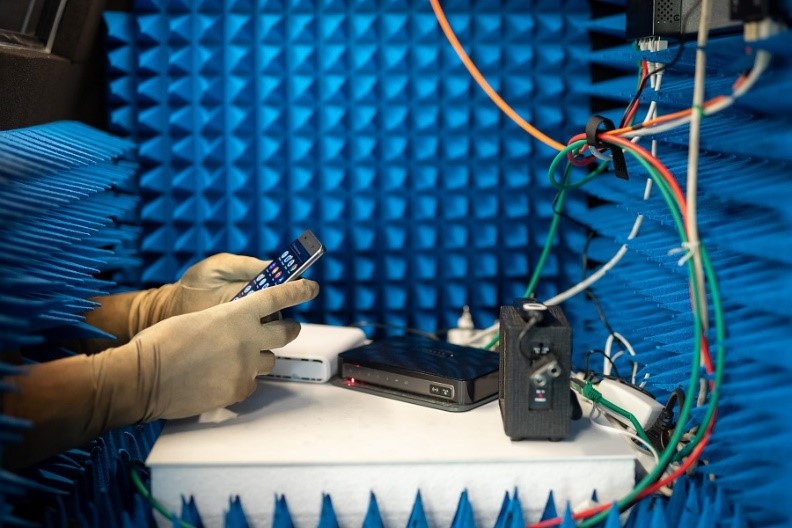The 4 golden rules of an IoT project
A major IoT project is complex - the process is littered with potential pitfalls.
This article draws on Orange’s operational experience as an operator and integrator. It aims to highlight:
4 golden rules that will influence your success
For this purpose, we will discuss the key stages of your project and their main factors for success:
1: Think “Make long-lasting functional, technological and organizational decisions”
The initial design stage is a crucial stage which is too often cut short.
There are many options and the decisions made initially can only be changed at the cost of an additional project and a costly migration.
So we must examine all key aspects of your project and receive support from the necessary experts as early as possible:
- Define the precise functional scope of the project with business stakeholders
- Define physical infrastructure elements: sensors, their capacities, their exchange protocols, their connections, their host structures, user interfaces
- Define software elements: sensor microcodes/firmware, middleware, user recovery applications
- Define crucial services for future continued operations, security management, upgrades and updates, administration, operation and user support.
The best decisions will be made by prioritising the use of open standards, systems that are interoperable, reversible, “secure by design” and sourced from financially secure specialist partners.
And of course, as a common thread, the ROI which must be constantly updated.

2: Build “Break down and industrialise deployment”
An IoT deployment project will involve a considerable number of players and business resources, as well as suppliers.
So it must be broken down into iterations of growing complexity:
- Very rapidly a Proof of Concept that will also act as a convincing project demo
- One pilot or several, depending on the technical, geographic & organisational complexity. And to approve the hypotheses made during the THINK phase.
- Deployment over several phases and possibly several years
With, at each phase:
- Documented procedures,
- Effective technical resources for operators in the field: local individual and mass remote automated configuration, useful to optimise installations and tests,
- Employees trained specifically: project stakeholders and users.
Specific care must be taken with mass deployments: everything must be done to minimise on-site services. And prioritise installation by local stakeholders and remote servicing.

3: Run “Maximise remote operations by maximising ROI”
A step that can also be problematic if underestimated.
Once deployed, an IoT project must be long-lasting and evolve based on elements that will only be known later.
We must use powerful “Data & Device Management” tools, but also qualified staff available beyond project deployment.
Some example uses:
- Many failures can impact the system in place (faults, radio coverage, power cut). We must be able to detect them proactively, analyse them, bypass them if possible and resolve them by minimising the impact on agents in the field
- A security loophole must be patched on the infrastructure: from equipment in the field to the user application,
- It must be possible to repair or replace field equipment, or exchange it with new equipment (to cover other uses, or as it is no longer available from the supplier)
- Similarly, connectivity, host structures, the recovery application must be able to evolve separately from each other
There must be a toolbox to locally and remotely manage the life cycle of your IoT equipment:
- Pairing and installing security elements, configuration, physical installation, radio & functional testing, data collection/filtering, software update, location, supervision, abnormal behaviour detection and alert, managing data delivery for business applications.
4: Use “Approve each step with business users”
Of course, the most technically perfect system is useless if stakeholders in the field are deterred.
Users must benefit from a “change management” approach, identify their interest, be involved with the project at all stages and give their feedback.

Maybe you are also interested by

“With Smart Eco-energy CONTROL, Orange Business offers an innovative, IoT-enabled and data-driven response that addresses the complexities and costs...

IoT Journey speaks to Nicolas Damour, Senior Director of Strategic Partnerships at Semtech (formerly Sierra Wireless), about the importance of...

Some key figures on IoT in the industrial sector